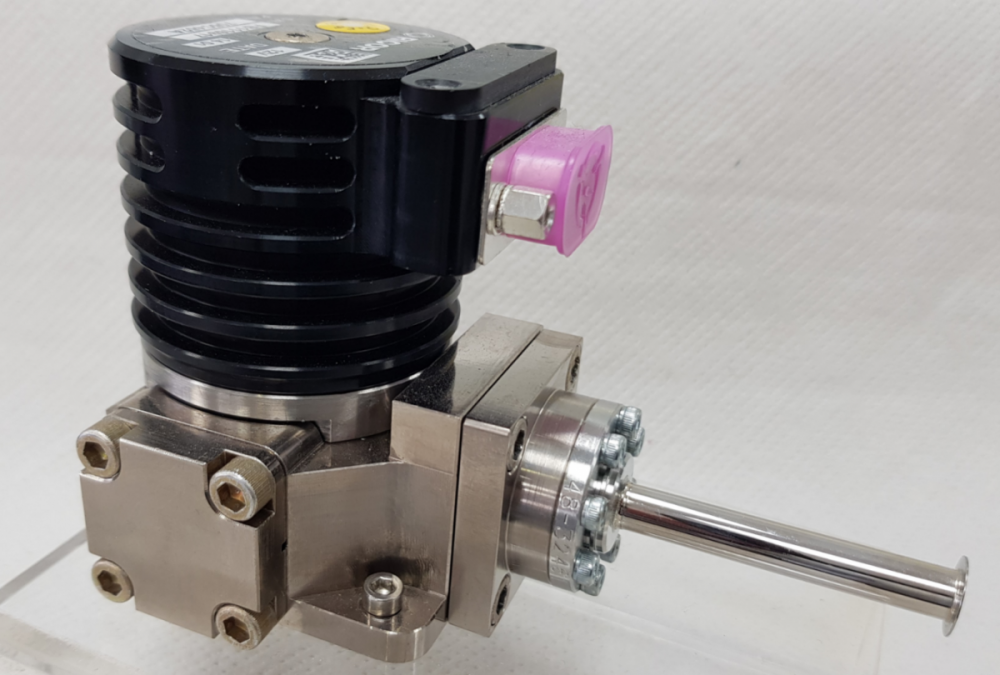The Ricor K508 Cryocooler Operational Experience on Mars (2013)
Back to Innovation
Dean L. Johnson, Mark J. Lysek and John Michael Morookian
Jet Propulsion Laboratory, California Institute of Technology, Pasadena, CA 91109 USA
ABSTRACT
The Mars Science Laboratory (Curiosity) landed successfully on Mars on August 5, 2012, eight months after launch. The chosen landing site of Gale Crater, located at 4.5 degrees south latitude, 137.4 degrees east longitude, has provided a much more benign environment than was originally planned for during the critical design and integration phases of the MSL Project when all possible landing sites were still being considered. The expected near-surface atmospheric temperatures at the Gale Crater landing site during Curiosity’s primary mission (1 Martian year or 687 Earth days) are from -90oC to 0oC. However, enclosed within Curiosity’s thermal control fluid loops the Chemistry and Mineralogy (CheMin) instrument is maintained at approximately +20oC. The CheMin instrument uses X-ray diffraction spectroscopy to make precise measurements of mineral constituents of Mars rocks and soil. The instrument incorporated the commercially available Ricor K508 Stirling cycle cryocooler to cool the CCD detector.
After several months of brushing itself off, stretching and testing out its subsystems, Curiosity began the exploration of the Mars surface in October 2012. The CheMin instrument on the Mars Science Laboratory (MSL) received its first soil sample from Curiosity on October 24, and successfully analyzed its first soil sample.
After a brief review of the rigorous Ricor K508 cooler qualification tests and life tests based on the original MSL environmental requirements this paper presents final pre-launch I&T instrument testing, and details the operational data of the CheMin cryocooler, providing a snapshot of the resulting CheMin instrument analytical data.
Keywords: Ricor K508, Stirling cooler, CheMin, X-Ray Diffraction, X-Ray Fluorescence PACS: 07.20.Mc





